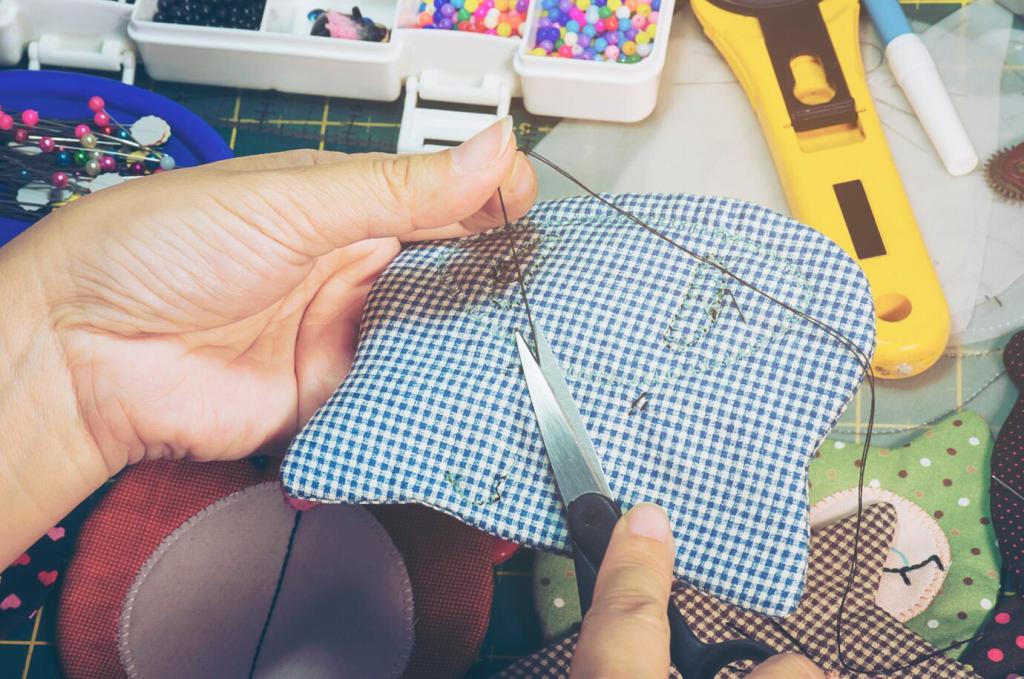Fabric-Specific Strategies That Save Fibers
On many jeans, waistbands use chain-stitching that can unzip in one satisfying pull. Start at the right end, steady tension, and free yards of intact seams. Pry off rivets with care, save leather patches, and keep selvedge edges pristine for premium reuse.
Fabric-Specific Strategies That Save Fibers
Choose fully fashioned knits, not cut-and-sewn, to unravel long continuous strands. Find bind-off points, steam lightly to relax kinks, then re-skein as you go. Label yardage, fiber content, and gauge so your future project starts flawlessly and waste stays minimal.




